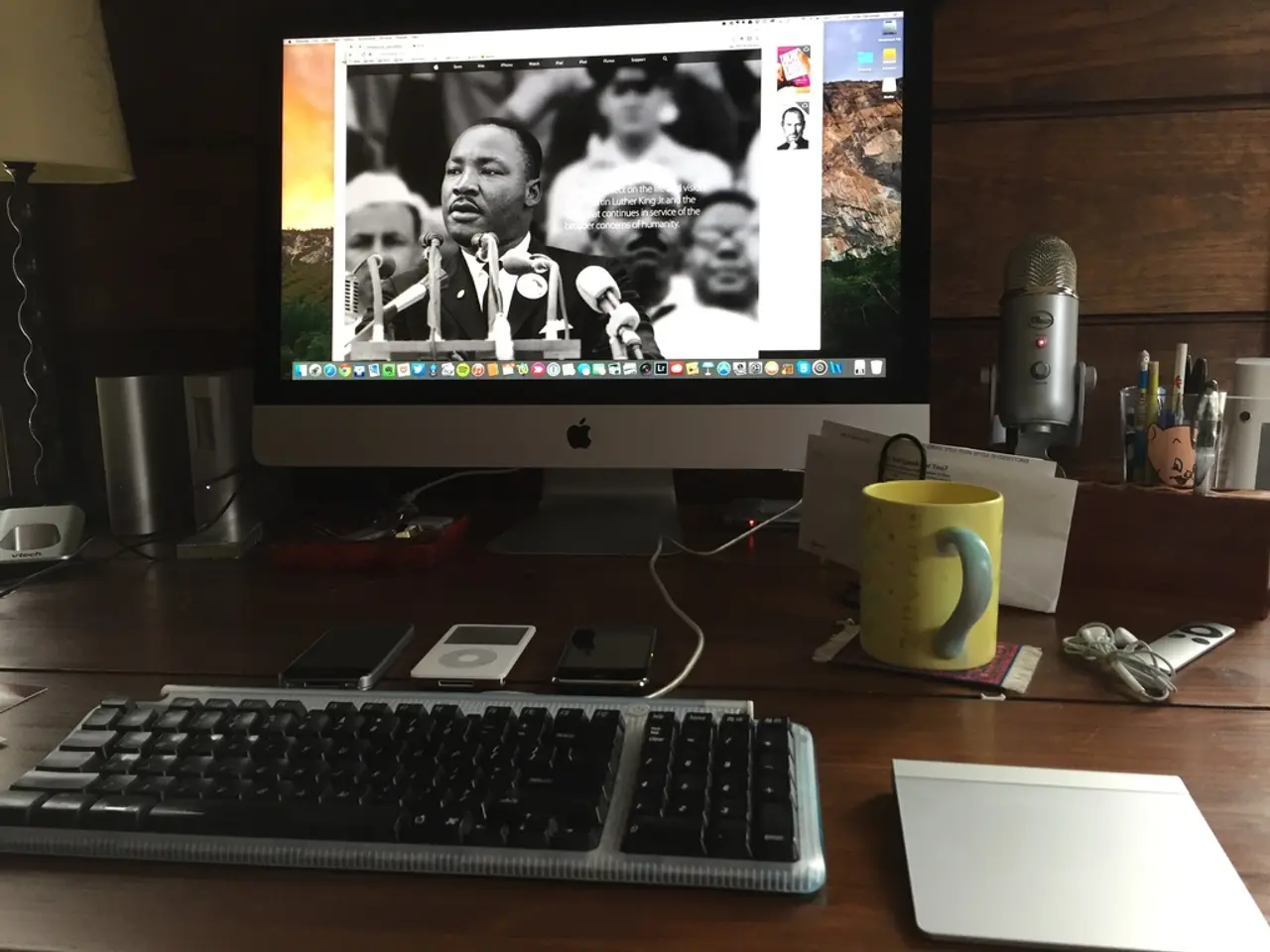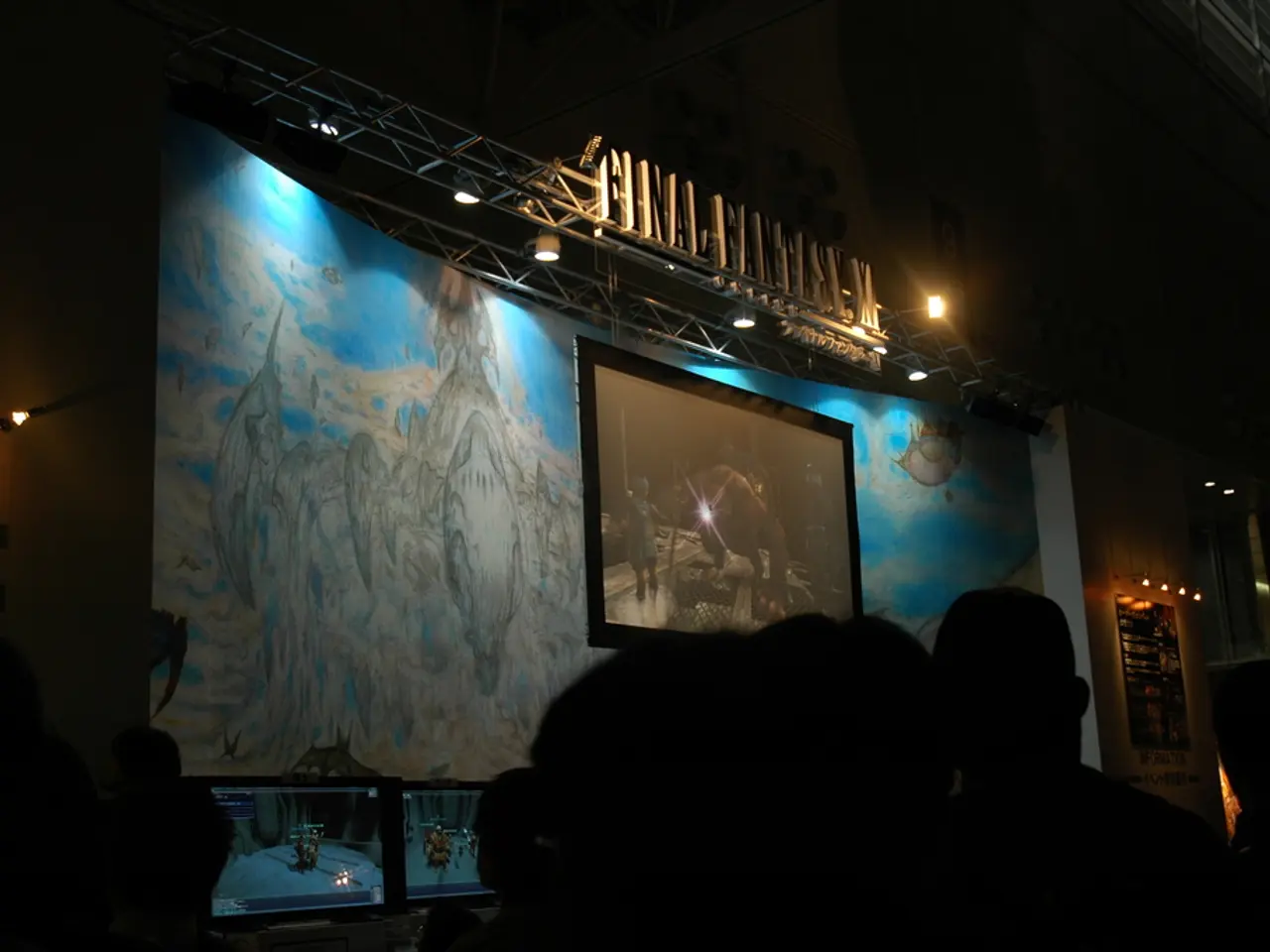Build Your Own Portfolio Project: Screen Display and Content Creation with MatchDog
In the ongoing quest to create an optimal user experience (UX) for the MatchDog service, the focus lies on selecting the right design patterns for visualizing content. The user context—consumer-facing (web/mobile) and administrative UX—plays a crucial role in this process.
Consumer Web/Mobile Designs
For consumer-facing designs, the emphasis is on responsive, clear, and engaging visual patterns. Key patterns to consider include:
- Dashboard and card layouts: These layouts present key matching data intuitively, making it easy for users to grasp essential information at a glance.
- Progressive disclosure: This pattern helps avoid overwhelming users by showing summary information upfront, with details available on demand.
- Interactive charts and graphs: These visual elements, such as match stats and trends, can be adjusted to fit small screens, providing users with valuable insights in a digestible format.
- Design tokens and theming: Centralized colours, fonts, and spacing ensure visual consistency across devices and themes, enhancing the overall user experience.
Administrative UX Designs
When it comes to administrative UX designs, patterns that enable efficient monitoring and management of large data sets and events take centre stage. Some key patterns include:
- Tabular data views with filtering and sorting: These views are ideal for event logs or match records, allowing administrators to quickly find and analyse specific data.
- Configurable and customizable dashboards: These dashboards help track system status or user activity, providing administrators with a holistic view of MatchDog's performance.
- Visual alert and notification panels: These panels alert administrators to important system or match events, with options to drill down for more detailed information.
- Documentation and standardized component libraries: These resources ensure consistency and easy scaling of UI components across admin tools, making it easier for administrators to navigate and manage MatchDog.
Implementing the Design Patterns
To effectively select and implement these patterns, follow these guidelines:
- Begin with a clear understanding of user goals and workflows for both consumers and administrators.
- Utilize component libraries and design systems that provide reusable UI elements meeting accessibility and theming requirements, speeding development and ensuring consistency.
- Implement visualization libraries or tools that allow real-time data updates and responsive rendering, tailored for the specific data and interaction needs of MatchDog.
- Incorporate user feedback iteratively to refine the patterns, ensuring they support user decision-making without cognitive overload.
- For administrative designs, leverage monitoring and event management frameworks that support visualizing dynamic and historical data, such as dashboards with alerting and filtering.
Conclusion
By combining modular UI components managed by a robust design system with user-centric, data-driven visualization patterns tailored to each audience, we can create an effective MatchDog visualization UX across platforms. To get started, grab a pen and paper or a whiteboard, and let's dive into the exercise!
[1]: Monitoring and event management frameworks for administrative designs. [2]: Design tokens and theming for maintaining visual consistency. [3]: Component libraries and design systems for reusable UI elements. [4]: Visual alert and notification panels for important system or match events.
- In the consumer-facing designs for MatchDog service, design patterns like dashboard and card layouts, progressive disclosure, interactive charts and graphs, and design tokens and theming are essential for providing responsive, clear, and engaging interfaces.
- For administrative UX designs, patterns such as tabular data views with filtering and sorting, configurable and customizable dashboards, visual alert and notification panels, and documentation and standardized component libraries are critical for managing large data sets and events efficiently.
- To ensure successful implementation of these patterns across both consumer and administrative designs, it is important to consider user goals and workflows, utilize component libraries and design systems, implement visualization libraries, incorporate user feedback iteratively, and leverage monitoring and event management frameworks for administrative designs.




